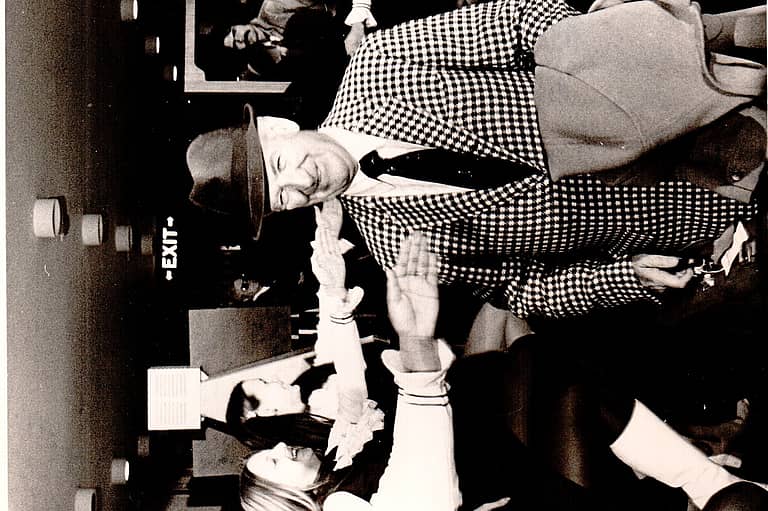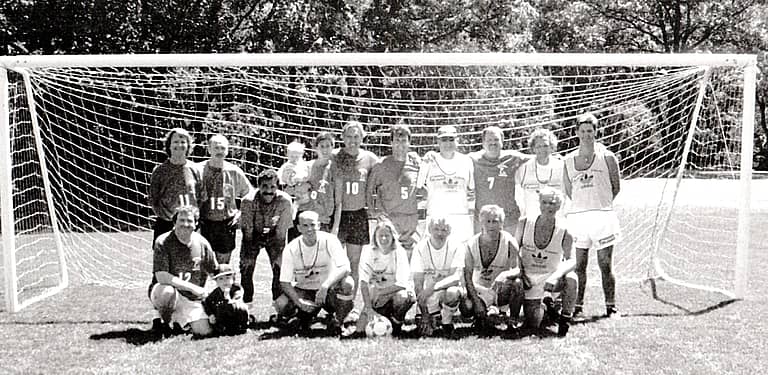It seemed only fitting that the city of colonial martyr Crispus Attucks and abolitionist William Lloyd Garrison would be the setting for the integration of at least one major league sport.
One can only imagine the change in Boston’s racial climate and the fate of several near-miss Red Sox teams of the late forties if Jackie Robinson had signed with the Red Sox after his 1945 Fenway Park tryout. Despite claims that the team could never have placed him with their Louisville affiliate, there is more than ample evidence that the future Hall of Famer would have served the club well in 1946 when a total of eight players manned a “revolving door” at third. In due time, the Red Sox and the fourteen other major league teams who failed to sign Robinson were forced to reconsider the wrong and evil practice of excluding players of color.
Likewise, Henry Aaron signed his first professional baseball contract with the Boston Braves but didn’t see major league action until a full season after the Braves had departed for Milwaukee.
By 1959 the subject of race and the Red Sox had become an embarrassment. While major league baseball had blossomed with the post-war inclusion of African-American players the Red Sox soon stood alone as the last major league team to integrate. Team owner Tom Yawkey, at the urging of black employees on his South Carolina estate, directed his scouts to secure African-American prospects. He was hopeful that Earl Wilson, a catcher turned pitcher, might make the team its first African-American player. However, it was infielder Elijah Jerry “Pumpsie” Green who earned the nod with a promotion from the Seattle Rainers in 1959. Wilson, would later join Green that season and ultimately become one of the best pitchers in the American League while Green remained a journeyman.
Green arrived in Boston two years after Willie O’Ree became the first black player in NHL history with the Bruins and a full twelve seasons after Jackie Robinson broke the major league color barrier with the Brooklyn Dodgers. He was immediately taken under the wing of Ted Williams as the slugger insisted he joins him in the public display of playing catch in front of the Red Sox dugout before home games. As a reserve infielder Green batted .244 in his four seasons with Boston while hitting twelve home runs.






